Message from Team IMA Chennai Kauvery Alwarpet Branch

Dear colleagues,
Greetings from IMA Kauvery Alwarpet branch Chennai.
Every month our IMA journal brings a variety of clinical presentations which quench our knowledge thirst. We medical professionals need this constant knowledge fuel to keep us updated.
This month as a part of the International Woman’s day celebrations a week long awareness programs on woman health was organized by our IMA Kauvery branch.
Various speakers enlightened women folks on their physical health and mental health.
Financial advices and zumba classes were also included as a holistic approach.
We thank everyone who contributed for this month journal.
Long live IMA
Yours in IMA service,
Dr S Sivaram Kannan
President

IMA is an organisation so integral to medical education and professional development.
This month’s issue carries articles which will help with knowledge and clinical proficiency.
Long live IMA.
Yours in IMA service,
Dr. Bhuvaneshwari Rajendran
Secretary.

Dear friends
Happy to meet you all through this edition of our IMA journal.
Happy WOMEN’S DAY wishes to all our women doctors. You all do a fabulous job of balancing your professional and personal life. We wish you all to have a great year ahead.
We also celebrated WORLD KIDNEY DAY on the 9th of March. Kidney health for all – “Preparing for the unexpected and supporting the vulnerable” is the theme for this year.
With so many unexpected events across the world – Covid pandemics, war, environmental challenges etc., we all need better preparations to handle these situations is the reason behind this theme.
Thanks to all postgraduates who contributed to this edition.
Special thanks to Branding and Editorial team.
With regards
Dr. R. Balasubramaniyam
Editor
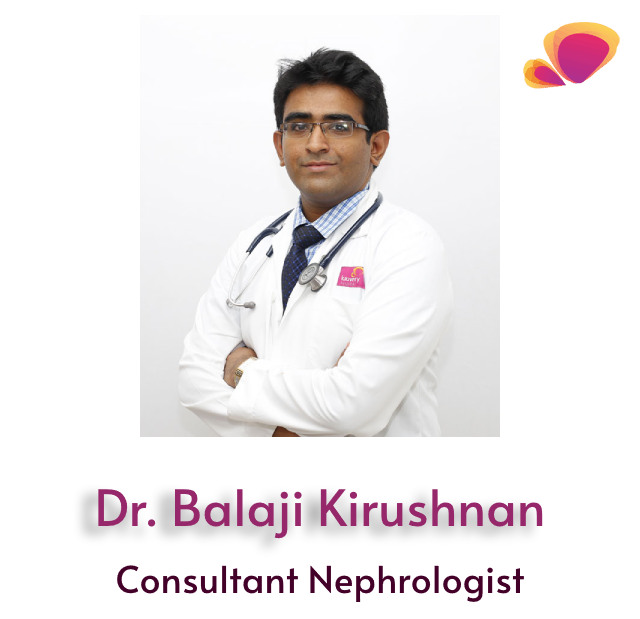
Disappearing Pure Red Cell Aplasia after Renal Transplant
CASE HISTORY:
A 59 years old gentleman, long standing diabetic, hypertensive and who had undergone PTCA previously, was diagnosed with chronic kidney disease. He gradually became dialysis dependent. This patient was regularly dialysed at our institute and also planned for renal transplant surgery. He was found to be anemic and was routinely evaluated. He was initiated on treatment with recombinant human erythropoietin alpha. Following that, his hemoglobin levels gradually increased, but after few months, his hemoglobin dropped. On further evaluation, his stool occult blood, upper GI endoscopy and colonoscopy were negative, while his peripheral smear showed dimorphic anemia with severe reticulocytopenia.
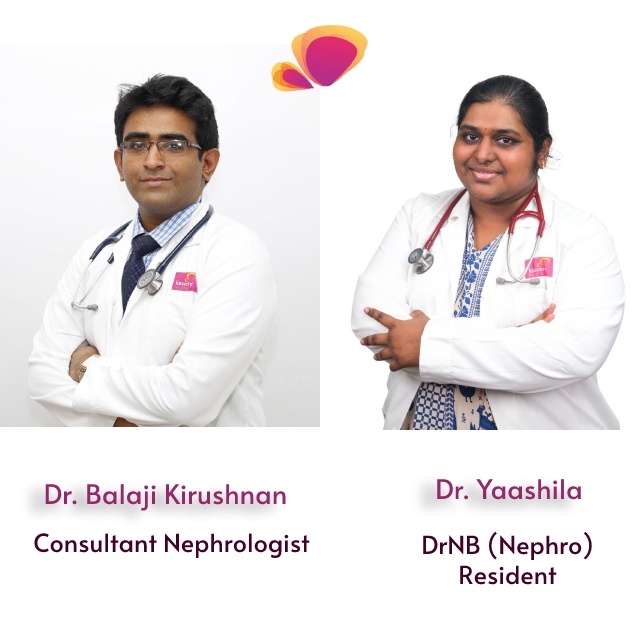
Successfully treated Pseudomonas aeruginosa Endocarditis
BACKGROUND:
Pseudomonas aeruginosa is a rare Infective endocarditis (IE) pathogen, accounting for 3% of all cases (1). It carries a very high mortality rate of 80%.
The cure rate of right sided IE reaches around 84% while that of the left sided remains 33% (2). According to a study, left-sided IE accounts for only 0.6% of all IE cases (3).
Here, we describe a patient with aortic valve Pseudomonas IE who was effectively managed with antibiotics, whose source of bacteremia was long term permanent catheter used for dialysis and got shifted to peritoneal dialysis later on.
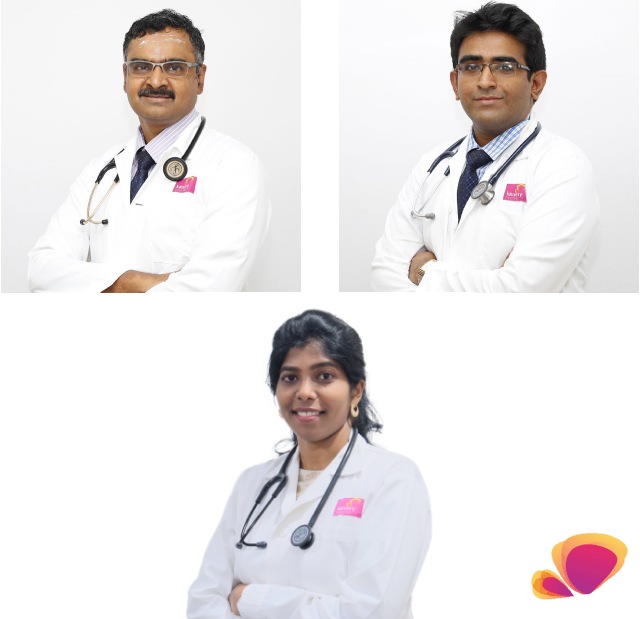
Intra Dialytic Systolic Blood Pressure Variability in Maintenance Haemodialysis Patients – A Retrospective Single Centre Analysis
INTRODUCTION:
Patients with chronic kidney disease are at increased risk for Cardio vascular morbidity and mortality. Various factors contribute to this risk including hypertension, anaemia, uraemia, mineral disorders, increased left ventricular hypertrophy and intra dialytic blood pressure fluctuations. (1)
Blood pressure changes are common during haemodialysis sessions (2). It could either increase, remain stable or decrease during a dialysis session. There are various factors that are responsible for these changes.
Fluid overload, increase in dialysate sodium, endothelial dysfunction, dialysability of anti-hypertensive medications, increase in sympathetic and RAAS activity.
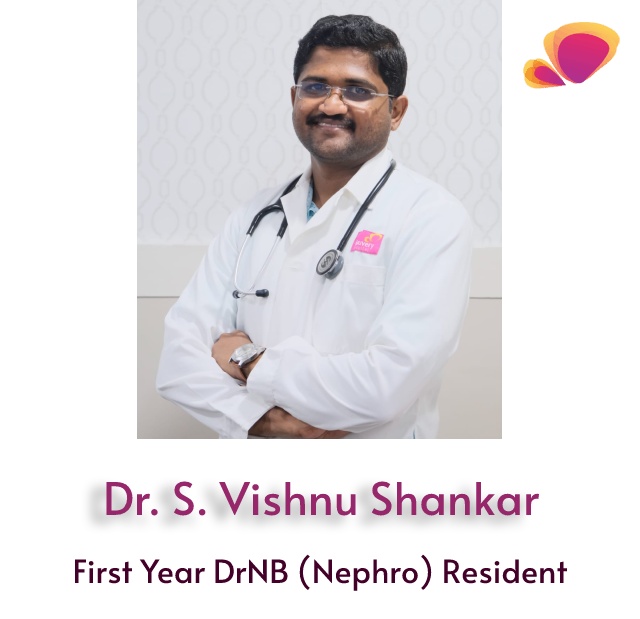
Sarcoidosis and Hypercalcemia
INTRODUCTION:
Hypercalcemia is a relatively common manifestation in clinical practice. It results when the entry of calcium into the circulation exceeds the excretion through the urine or deposition into the bone. The common causes are primary hyperparathyroidism, malignancy, hypervitaminosis D. Here we report a case with severe hypercalcemia and associated with sarcoidosis.
CASE REPORT:
55 yrs. old female with history of long standing type 2 Diabetes mellitus and SHTN, normal renal function test 6 months before, presented with complaints of significant weight loss around 20kg over past 6 months, nausea and constipation.

Use of Combined Sciatic and Femoral Nerve Block in RHD with Severe LV Dysfunction
INTRODUCTION
A variety of anaesthetic techniques are available for patients undergoing vascular surgical procedures. General anesthesia used for most of the carotid, aortic, and peripheral artery bypass surgery. Neuroaxial blockades can also be used in lower extremity revascularisation if there are no contraindications. Regional nerve block is considered as great alternative in high risk patients. Nerve block can be used for various reasons including post op analgesia, surgical procedure and chronic pain syndromes
CASE REPORT
58 years old female, ASA IV, weighting 38 kg with history of RHD with severe mitral stenosis S/P MVR in 2014.
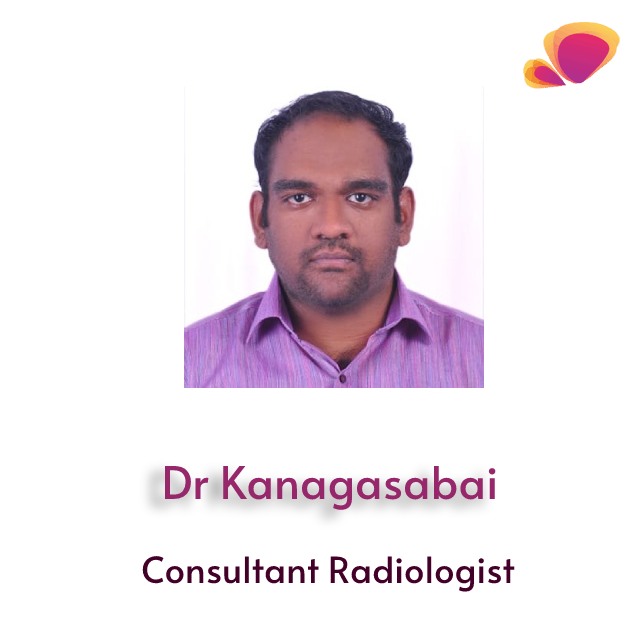
Spotter of the Month
The Missed Encounter
• A 75 year old male referred with complaints of right hypochondrial pain for CECT abdomen.
• CECT abdomen reveals an irregular heterogenously enhancing lesion with few internal hyperdense foci in the right hepatorenal space abutting the undersurface of liver.
• Patient had history of cholecystectomy two months back with no similar findings in preoperative imaging–features consistent with Dropped gall bladder stones with granulation tissue.


